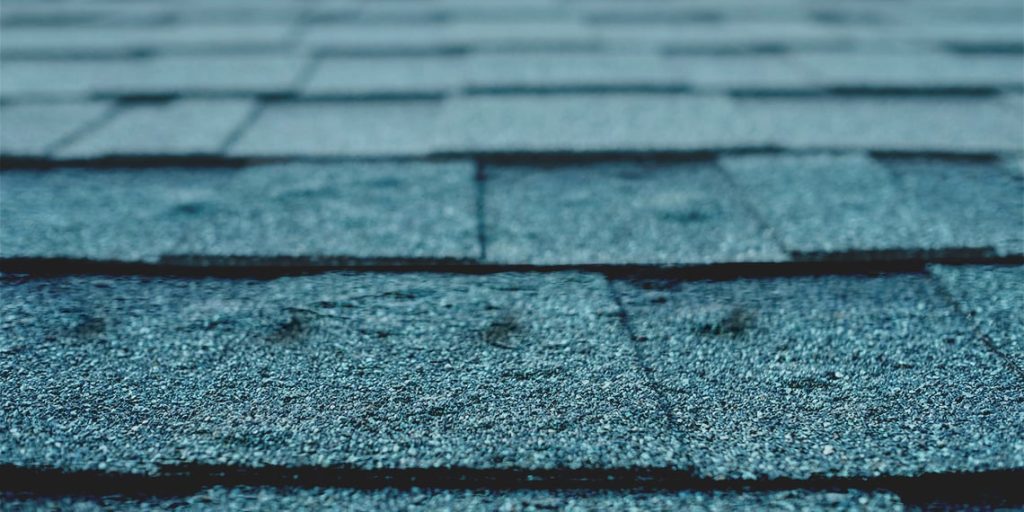Have you noticed blistering roof shingles on your house? Blistering is a common issue that can affect the appearance and functionality of your roof. In this article, we will explore the causes, risks, and solutions associated with this damage, helping you understand the importance of timely repairs and maintenance.

Understanding the Causes of Blistering Roof Shingles
Blistering roof shingles can occur due to several factors, including:
- Excessive Heat: Intense heat from the sun can cause the shingle material to expand, leading to blister formation. This is especially common in hot climates or areas with prolonged sun exposure.
- Poor Ventilation: Inadequate ventilation in the attic can contribute to blistering. When heat and moisture are trapped in the attic, they can permeate through the roof shingles, causing them to blister.
- Moisture Issues: Excessive moisture or trapped water beneath the shingles can also result in blister formation. This can occur due to leaks, improper flashing, or insufficient underlayment.
The Risks Associated with Blistering Roof Shingles
Ignoring blistering roof shingles can lead to various risks and consequences:
- Compromised Roof Integrity: this damage can weaken the structural integrity of your roof. Over time, the blisters may burst or peel, exposing the underlying layers to potential damage from rain, wind, and debris.
- Increased Energy Costs: this damage can affect the insulation properties of your roof, leading to decreased energy efficiency. This can result in higher cooling costs as your HVAC system struggles to maintain a comfortable temperature.
- Water Damage and Mold Growth: Blisters in the shingles can create pathways for water infiltration. This can lead to water leaks, rotting of the roof deck, and the growth of mold and mildew. Water damage and mold growth can pose health risks and require costly repairs.
Solutions for Dealing
To address blistering roof shingles, consider the following solutions:
- Roof Inspection: Have a professional roofing contractor inspect your roof to assess the extent of blistering and determine the underlying causes. They can provide expert advice on the best course of action.
- Improving Ventilation: Ensure proper ventilation in your attic to reduce heat and moisture buildup. This can be achieved by installing vents, exhaust fans, and insulation to create a balanced airflow.
- Repair or Replacement: If the blistering is severe or widespread, the affected shingles may need to be repaired or replaced. A professional roofer can perform the necessary repairs and ensure proper installation to prevent future blistering.
Conclusion:
Blistering roof shingles are a concern that should not be ignored. Understanding the causes, risks, and solutions associated with blistering helps homeowners take proactive measures to maintain a functional and durable roof. Regular inspections, adequate ventilation, and timely repairs are essential to prevent further damage and ensure the longevity of your roof.



Leave a Reply